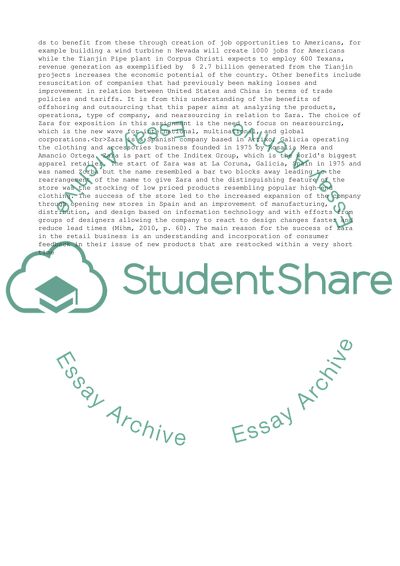Cite this document
(Outsourcing and offshoring / near shoring Essay, n.d.)
Outsourcing and offshoring / near shoring Essay. https://studentshare.org/business/1830317-outsourcing-and-offshoring-near-shoring
Outsourcing and offshoring / near shoring Essay. https://studentshare.org/business/1830317-outsourcing-and-offshoring-near-shoring
(Outsourcing and Offshoring / Near Shoring Essay)
Outsourcing and Offshoring / Near Shoring Essay. https://studentshare.org/business/1830317-outsourcing-and-offshoring-near-shoring.
Outsourcing and Offshoring / Near Shoring Essay. https://studentshare.org/business/1830317-outsourcing-and-offshoring-near-shoring.
“Outsourcing and Offshoring / Near Shoring Essay”. https://studentshare.org/business/1830317-outsourcing-and-offshoring-near-shoring.


